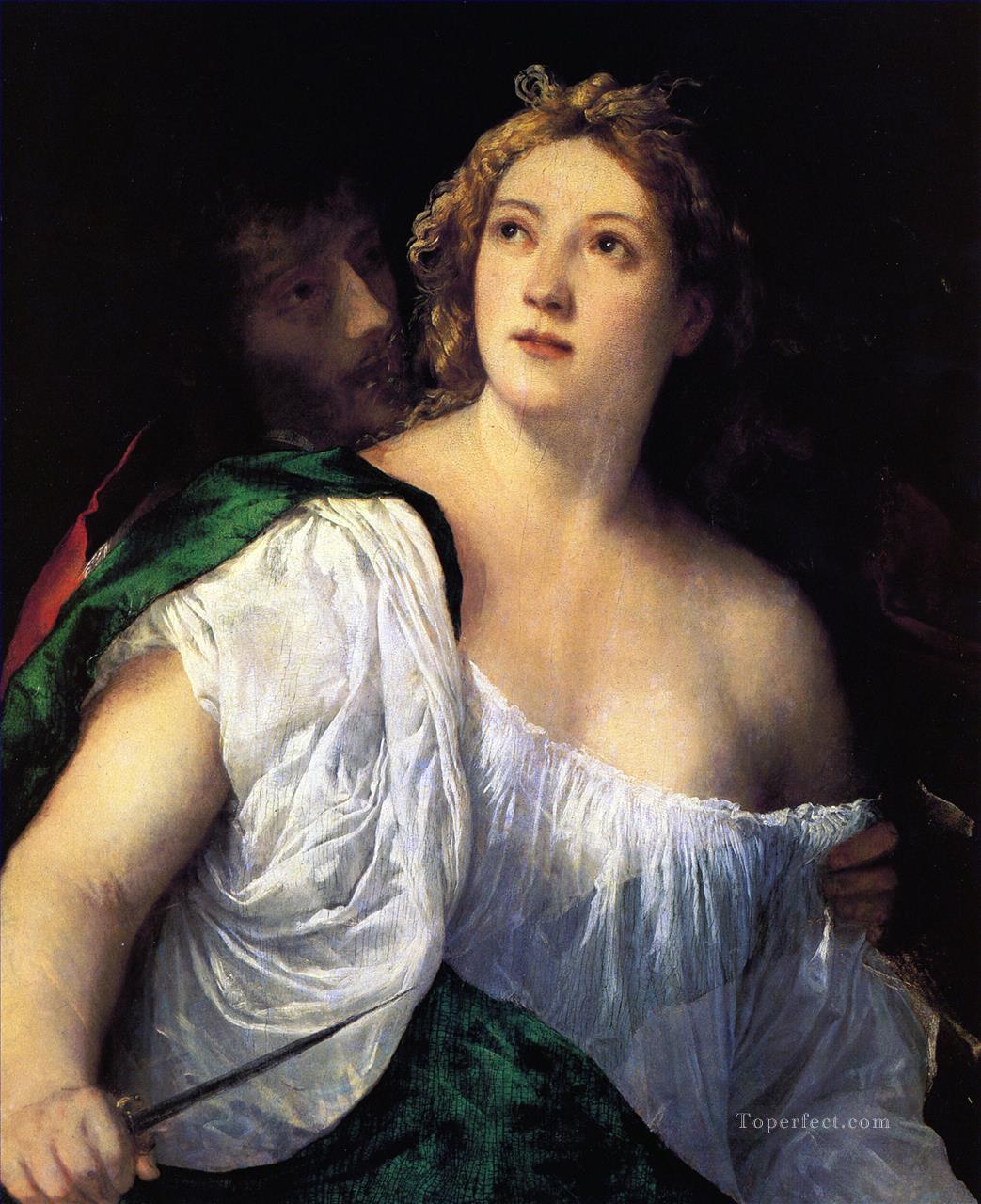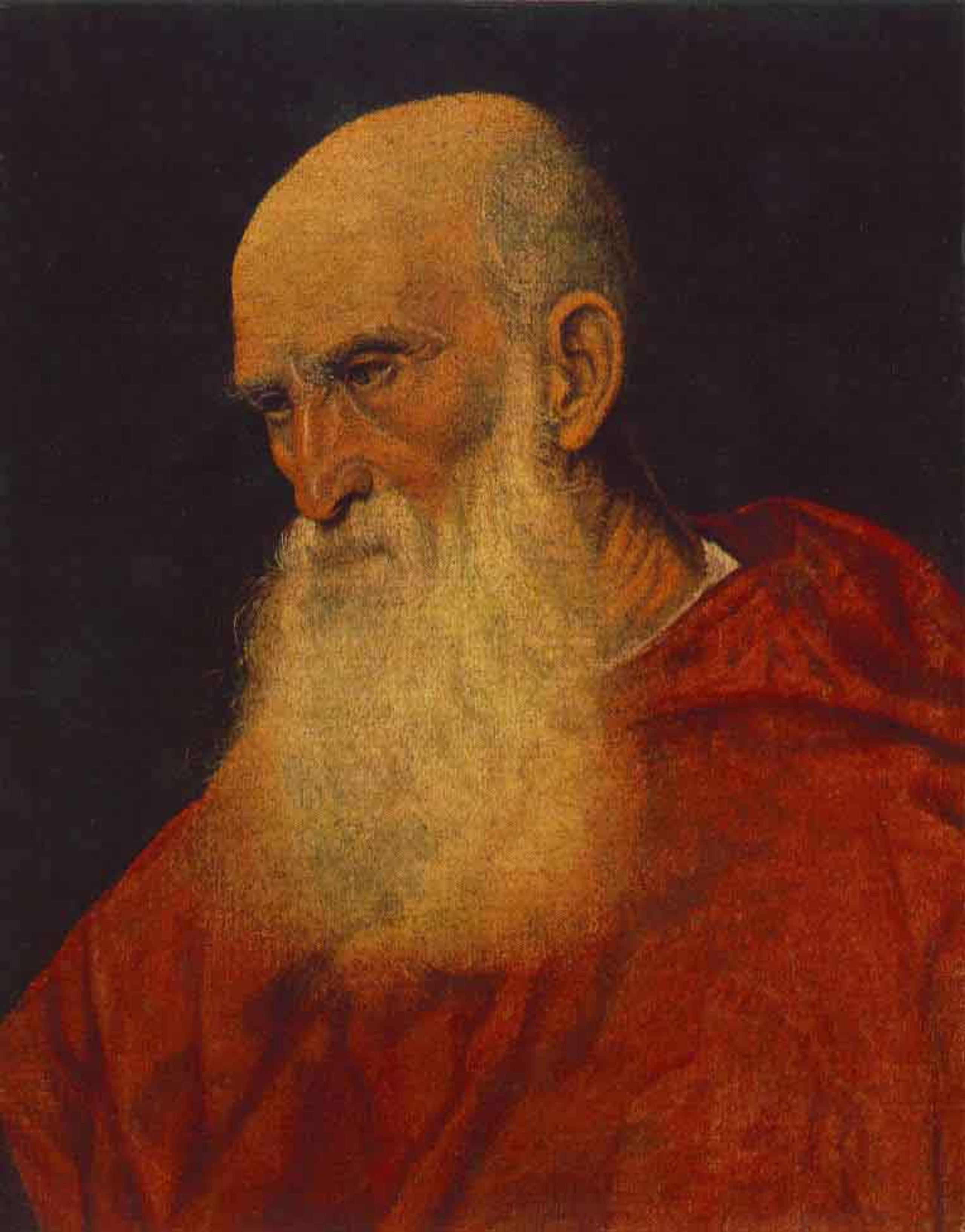Titian Paintings. Although parts of this painting, particularly Venus' back, have been extensively repainted, it still retains much of its original. Born into the Late Renaissance, Titian's artwork was produced within a different painting philosophy to his.

It belongs to a cycle of paintings based on mythological themes produced for Alfonso I d'Este, the Duke of Ferrara, or to be more precise for the private room in a palazzo called Camerino d'Alabastro. Yet Titian is the first artist to show her with a mirror held by Cupid. Born into the Late Renaissance, Titian's artwork was produced within a different painting philosophy to his.
Titian (Tiziano Vecellio) was born in Pieve di Cadore, a small town at the foot of the Dolomites on the Venetian side of the Alps. It portrays the moment in which the goddess Diana meets Actaeon. He was recognized early in his own lifetime as a supremely talented painter, and his reputation has in the intervening centuries never suffered a decline.
The skilfully depicted armor which shines brightly, brilliant use of color and the superb sunset landscape all. Titian was one of the very few painters who were adept at everything from portraits, to landscapes. Titian's painting methods, particularly in the use of color, would exercise a profound influence not only on painters of the Italian Renaissance, but on future generations of Western art.
Titian (Tiziano Vecellio) was born in Pieve di Cadore, a small town at the foot of the Dolomites on the Venetian side of the Alps.
Titian was one of the very few painters who were adept at everything from portraits, to landscapes.
Diana is the woman on the right side of the painting. Titian's painting methods, particularly in the use of color, would exercise a profound influence not only on painters of the Italian Renaissance, but on future generations of Western art. Titian was one of the most versatile of Italian painters, equally adept with mythological and religious subjects, landscape backgrounds, and portraits.
Photo: Metaweb (FB) / Public domain. His long career is exceptionally well documented in his middle and later years, but contemporary evidence regarding his. It shows a naked young lady, often associated with the goddess Venus, lounging on a sofa or bed amid the opulence of a Renaissance castle.
Titian was a leading artist of the Italian Renaissance who painted works for Pope Paul III, King Philip II of Spain and Holy Roman Emperor Charles V.. and the National Gallery of Art in . Initially, Raphael was commissioned to paint the. He was recognized early in his own lifetime as a supremely talented painter, and his reputation has in the intervening centuries never suffered a decline.
Although parts of this painting, particularly Venus' back, have been extensively repainted, it still retains much of its original. Photo: Metaweb (FB) / Public domain. He was born in Pieve di Cadore, near Belluno.
Born into the Late Renaissance, Titian's artwork was produced within a different painting philosophy to his. It portrays the moment in which the goddess Diana meets Actaeon. The skilfully depicted armor which shines brightly, brilliant use of color and the superb sunset landscape all.
Photo: Metaweb (FB) / Public domain.
He was recognized early in his own lifetime as a supremely talented painter, and his reputation has in the intervening centuries never suffered a decline.
It portrays the moment in which the goddess Diana meets Actaeon. It belongs to a cycle of paintings based on mythological themes produced for Alfonso I d'Este, the Duke of Ferrara, or to be more precise for the private room in a palazzo called Camerino d'Alabastro. The skilfully depicted armor which shines brightly, brilliant use of color and the superb sunset landscape all.
Titian was one of the most versatile of Italian painters, equally adept with mythological and religious subjects, landscape backgrounds, and portraits. Titian was a leading artist of the Italian Renaissance who painted works for Pope Paul III, King Philip II of Spain and Holy Roman Emperor Charles V.. and the National Gallery of Art in . Yet Titian is the first artist to show her with a mirror held by Cupid.
It belongs to a cycle of paintings based on mythological themes produced for Alfonso I d'Este, the Duke of Ferrara, or to be more precise for the private room in a palazzo called Camerino d'Alabastro. Yet Titian is the first artist to show her with a mirror held by Cupid. His long career is exceptionally well documented in his middle and later years, but contemporary evidence regarding his.
Titian was one of the most versatile of Italian painters, equally adept with mythological and religious subjects, landscape backgrounds, and portraits. Born into the Late Renaissance, Titian's artwork was produced within a different painting philosophy to his. It shows a naked young lady, often associated with the goddess Venus, lounging on a sofa or bed amid the opulence of a Renaissance castle.
Titan was often called da Cadore, this name was taken from the place of his birth. He was noted for his impressive ability to be versatile when it came to painting. It portrays the moment in which the goddess Diana meets Actaeon.
Diana is the woman on the right side of the painting.
It portrays the moment in which the goddess Diana meets Actaeon.
He was noted for his impressive ability to be versatile when it came to painting. The skilfully depicted armor which shines brightly, brilliant use of color and the superb sunset landscape all. It shows a naked young lady, often associated with the goddess Venus, lounging on a sofa or bed amid the opulence of a Renaissance castle.
The skilfully depicted armor which shines brightly, brilliant use of color and the superb sunset landscape all. He was born in Pieve di Cadore, near Belluno. Initially, Raphael was commissioned to paint the.
Titan was often called da Cadore, this name was taken from the place of his birth. The Venus with a Mirror, the one original among several versions, is a natural theme for the goddess of love and beauty. Although parts of this painting, particularly Venus' back, have been extensively repainted, it still retains much of its original.
Titian was one of the most versatile of Italian painters, equally adept with mythological and religious subjects, landscape backgrounds, and portraits.
The skilfully depicted armor which shines brightly, brilliant use of color and the superb sunset landscape all.
Yet Titian is the first artist to show her with a mirror held by Cupid. Born into the Late Renaissance, Titian's artwork was produced within a different painting philosophy to his. He was born in Pieve di Cadore, near Belluno.
Titian's painting methods, particularly in the use of color, would exercise a profound influence not only on painters of the Italian Renaissance, but on future generations of Western art. During his long career, he experimented with many different styles of painting which embody the development of art during his epoch. He was born in Pieve di Cadore, near Belluno.
He was born in Pieve di Cadore, near Belluno. It shows a naked young lady, often associated with the goddess Venus, lounging on a sofa or bed amid the opulence of a Renaissance castle. Titian was a leading artist of the Italian Renaissance who painted works for Pope Paul III, King Philip II of Spain and Holy Roman Emperor Charles V.. and the National Gallery of Art in .
It shows a naked young lady, often associated with the goddess Venus, lounging on a sofa or bed amid the opulence of a Renaissance castle. During his long career, he experimented with many different styles of painting which embody the development of art during his epoch. Titan was often called da Cadore, this name was taken from the place of his birth.
















